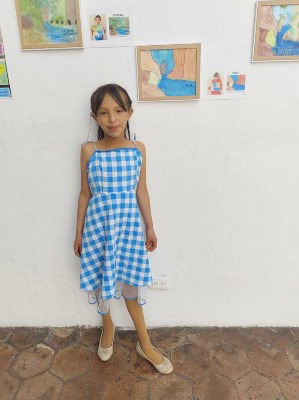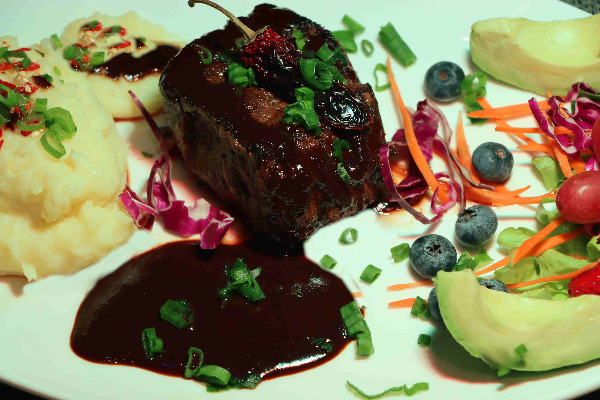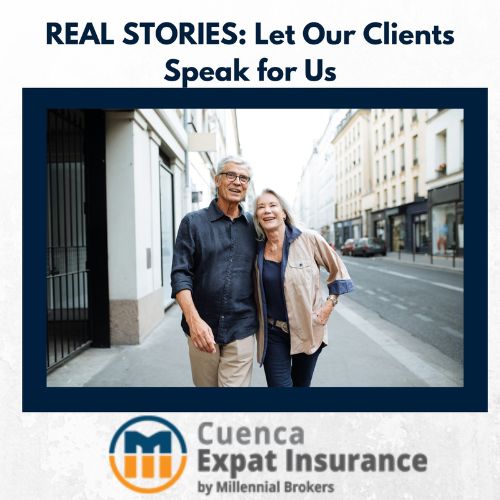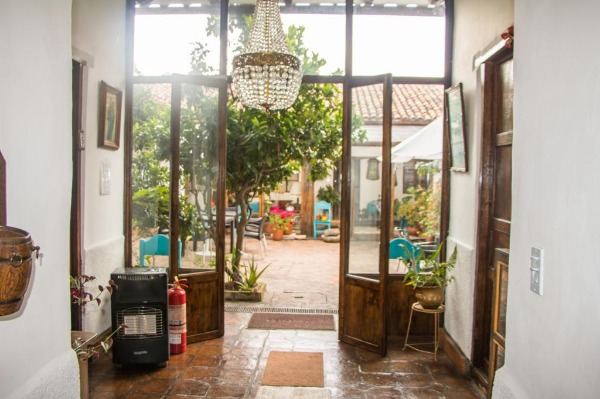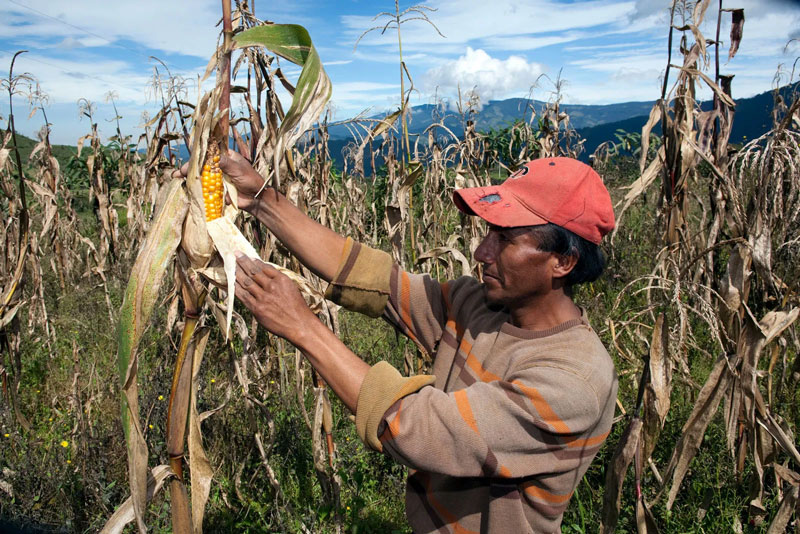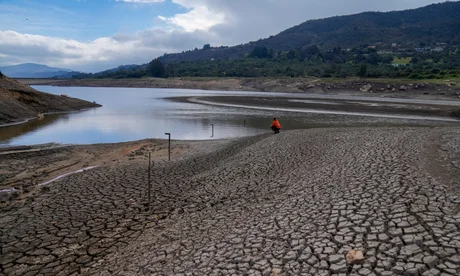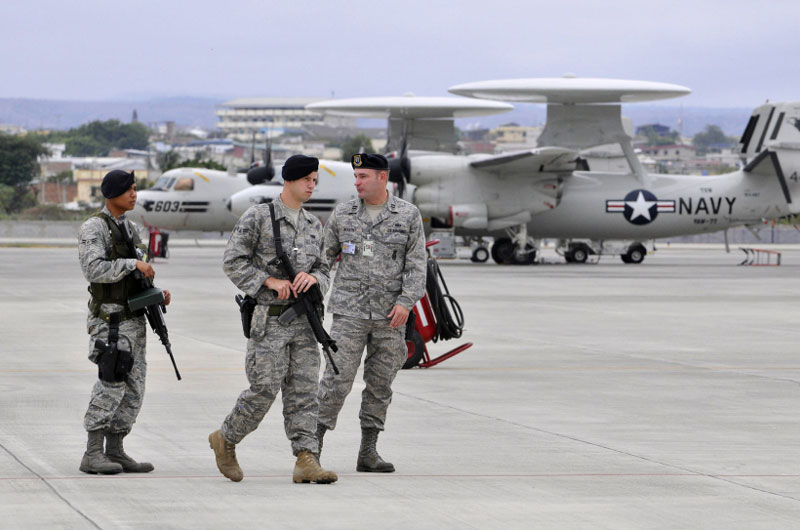As the death of U.S. shopping malls excelerates, the post-pandemic future for retailers is uncertain

An empty mall in California is being used as a vaccination center.
By Kate Taylor, Avery Hartmans and Allana Akhtar
As vaccines roll out across the U.S., thousands of people aren’t getting vaccinated at CVS pharmacies or local health clinics. Instead, they’re heading to abandoned Kmarts, Sears, and Toys R Us stores to get their shots.
For American companies that have seen store counts collapse in recent years, the symbolism of having abandoned stores turned into mass vaccination clinics highlights how quickly the world was changing before the pandemic, and how COVID-19 accelerated a shift to an unfamiliar and sometimes dystopian future.
The end of the COVID-19 pandemic might be in sight as vaccine shots ramp up, but crumbling malls, the country’s haphazard approach to healthcare, and brands looking to capitalize on the “new normal” suggest our new dystopian reality is here to stay.
Companies like Sears and JCPenney spent over 100 years building their brands into household names — but it took only 10 years for an apocalypse to sweep through the retail industry, leaving vacant stores and dead malls in its wake.

The atrium of an abandoned mall in Michigan.
The demise, like so much in the last decade, can be linked to the financial crisis: After the housing bubble burst in the late aughts, many retailers were never quite able to get back on their feet. Hundreds of thousands of employees were out of work, and private equity stepped in, burdening mall brands with massive amounts of debt.
The American mall began to face “a death spiral,” John M. Clapp, a professor at the University of Connecticut’s Center for Real Estate, told Insider in 2017.
“Once a department store goes vacant that tends to be contagious because all those middle-mall stores — the nail salons and the jewelry stores — they are all depending on the traffic coming from the bigger retail stores,” he said.
A report from Coresight Research cited by CNBC last August estimated that out of roughly 1,000 American malls, a quarter will close down in the next three to five years.
And, of course, it’s impossible to ignore the Amazon effect: The Seattle bookseller sparked an e-commerce boom, leading to a race to the top for Amazon and its main competition, Walmart, and opening the direct-to-consumer floodgates. Companies like Glossier, Allbirds, and Casper led the way, eschewing a traditional retail experience in favor of online-only shopping. (Of course, all of those brands eventually opened retail experiences of their own.)
In what is perhaps the cruelest twist of irony, Amazon reportedly held talks with Simon Property Group, the biggest mall-owner in the US, to discuss converting empty retail space into fulfillment centers that pack and ship Amazon orders.
The pandemic has only made matters worse. Retail vacancy rates are nearing a seven-year high, after major chains announced closures of more than 12,000 stores in 2020. Moody’s Analytics projects that roughly 135 million square feet of vacant space may become available in regional malls nationwide within the next five years. These vacancies have left malls abandoned, and they readily turned into vaccination sites.
Many laid off retail workers have either pivoted to discount chains that pay employees significantly less, or Amazon itself. And though Amazon pays workers $15 an hour, warehouse jobs are more physically demanding and delivery drivers said they’ve dehydrated themselves to get through a shift without bathroom breaks.

Not all shuttered malls are in the U.S. This one is in Bangkok.
In lieu of an adequate government safety net to ensure Americans get fair pay and health care even as businesses shutter, brands are — unfortunately — left to pick up the pieces.
The complete disruption of the pandemic puts Americans in a position where the “new normal” is a flexible term. As seen by the transformation of malls into vaccination sites, something that would seem straight out of “28 Days Later” in 2019 can be completely acceptable in 2021.
The factors that allowed for this cobbled together solution — a broken retail system saving a healthcare system stretched to the breaking point — are not going away.
The inclination to turn to companies to fix broken infrastructure can run the gambit from creative at best to disturbing at worst. For example:
- Domino’s announced a campaign to fill potholes in 2018, allowing customers to nominate their towns for repairs.
- Light-beer legend Natural Light has spent millions of dollars paying off fans’ student loans.
- Companies like Gap, Target, and Warby Parker helped staff the nation’s polls on Election Day by corralling hundreds of thousands of employees to serve as poll workers
- A Chick-fil-A manager in South Carolina had to step in to direct his town’s drive-thru COVID-19 vaccine site after it was hamstrung by computer issues.
And as state governments work to vaccinate their citizens as quickly and efficiently as possible, they’ve turned to other capitalist symbols of the before-times to help carry out their plans.
Beginning in January, lines snaked around the parking lot at Disneyland, but not to visit Thunder Mountain or the Haunted Mansion — the theme park, shuttered since March 2020, became a “super” vaccination site where hundreds of thousands of doses have been administered.
Major league sports stadiums, many of which sat empty and dark for most of last year, have also become mass vaccination sites. Where fans would have once lined up to get let into a football or baseball game, they’re now lining up to get a COVID shot.
Brands have been bailing out the US health system throughout the pandemic. Coors beer breweries transformed into hand sanitizer manufacturers. Volkswagen made hospital equipment after the country’s gown and mask shortage got so bad nurses resorted to wearing trash bags.
This kind of corporate contingency plan shows no sign of stopping after the pandemic subsides — in fact, it may even be coming for schools next. A mall in Vermont became a safe-haven for a high school after the school, just before it was set to reopen for in-person learning, was found to have elevated levels of toxic chemicals known to cause cancer.
There may, however, be a more nefarious side to some companies lending a hand, even during the COVID-19 pandemic. CVS and Walgreens — which have collectively given nearly 20 million shots so far — are reportedly looking to cash in on data collected from people they administer vaccines to. And drug companies that made the COVID-19 vaccines won’t give up their patents to help vaccinate the rest of the world.
These self-serving tactics should be taken as a warning sign as the US increasingly relies on brands to build a post-pandemic future. In some cases, companies have unique insight into problems — such as a Chick-fil-A manager helping with a vaccine drive-thru. But, relying too fully on corporations whose ultimate focus is their bottom line is not just dystopian, it’s dangerous.
The pandemic has shown just how quickly things can change. As the country rebuilds, it needs to be on solid ground, instead of relying on the magnanimity of brands.
_____________________
Credit: Business Insider






